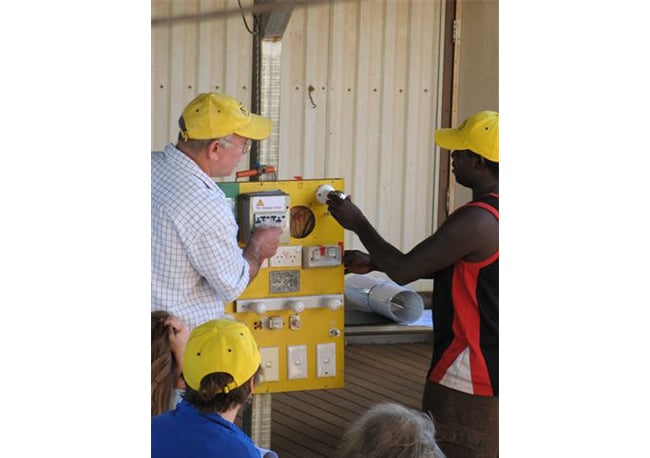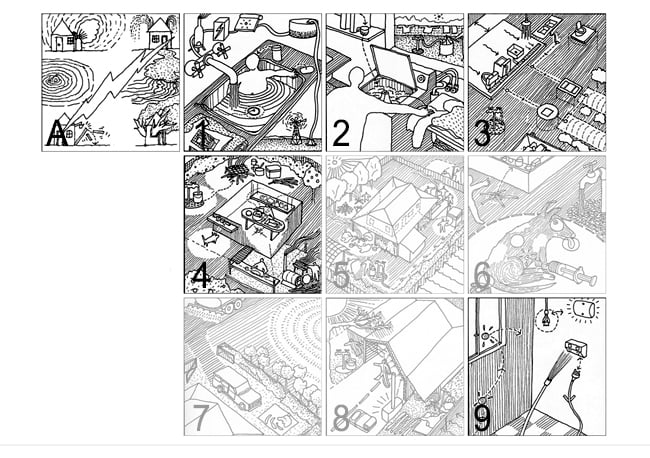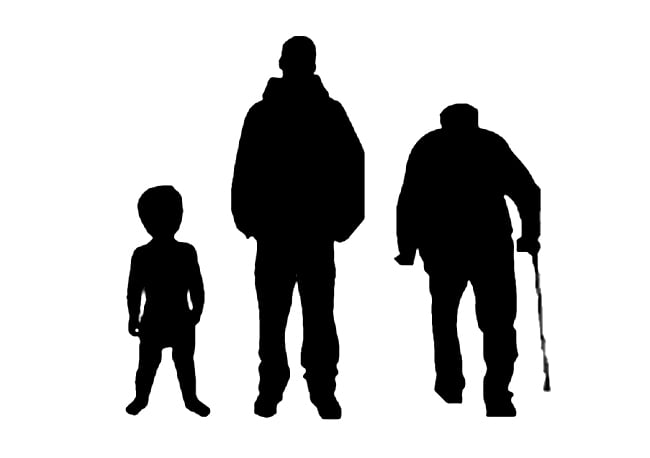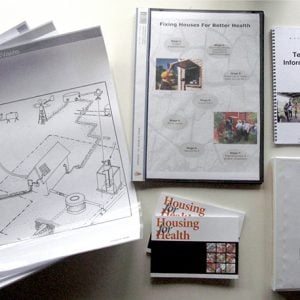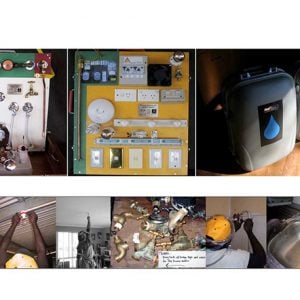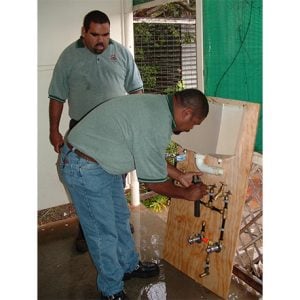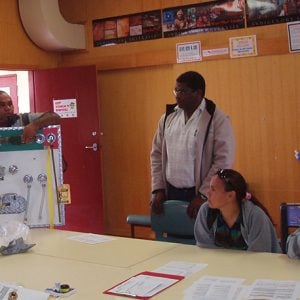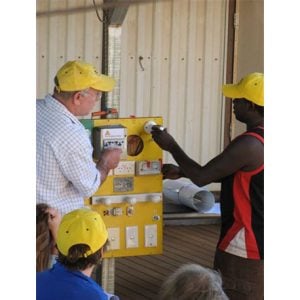Research and Development
Training Materials
Project Details On-going training for staff and communities
- Introduction
- The Problem
- The Solution
- Trial projects
- Where to next?
- From Housing for Health - the Guide
Introduction
In an environment requiring constant introduction of Housing for Health principles and operating methods to new staff and communities, a range of training materials has been developed to assist in accessibility to the details of the Housing for Health program.
Identifying poor environments
Over 9300+ houses have been surveyed and fixed as part of Housing for Health projects. For the Housing for Health methodology to be repeatable, training materials were required to be produced.
Designing for better health
To produce a range of materials to help make the Housing for Health process accessible to local community Team Members, Team Leaders, Managers and various levels of management involved in the Housing for Health projects.
An example of training materials developed are the Electrical and Plumbing Services demonstration boards.
The Problem
Over 9300+ houses have been surveyed and fixed as part of Housing for Health projects. For the Housing for Health methodology to be repeatable, training materials were required to be produced.
The Solution
The training materials produced include:
- Training Boards
- Team Leader information sheets providing detailed information on each of the Team Leader survey sheet questions
- Managers Training Manual
- Infrastructure A3 format laminated poster sheets describing mains services, water and wastewater systems encountered in a broad range of houses.
- Housing For Health process sheets: an A3 format book for new Team Members to see the roles they will be playing in the Survey stage of each project.
- The Housing for Health overview / history of the methodology, principles and works completed nationally and internationally since 1985
- The septic tank, wastewater treatment animation to help explain the importance and method of treating wastewater.
Trial projects
The materials have been developed, trialled, adjusted and used throughout the Housing for Health program.
Ten sets of the training boards (20 total) were produced during the contract period. Six of the previously produced cases were also repaired /maintained using funds from this contract. The training boards allow for context based learning and training of Housing For Health Team Members on the ground.
By using these custom designed and manufactured transportable training cases Team Leaders can instruct and train Team Members effectively and demonstrate the checking of the items in relationship to the survey data sheets. The unit has been designed to be easily carried on and off light aircraft.
Use of the training boards has led to understanding of the testing and maintenance procedures. Fixing & maintenance lead to safer & healthier environment.
Where to next?
For information for architects, designers, students, communities, housing managers go to :
Understanding the process (Housing for Health the program)
Social Aspects – local involvement
From Housing for Health - the Guide
How might Housing for Health projects improve Health?
It is commonly proffered that Aboriginal housing programmes should be key drivers of Aboriginal employment. One major problem with this approach is that these programmes are time limited, usually with a small number of houses being constructed in any community. External building contractors have difficulty in training, and hence employing, local staff when the projects are only likely to last for a period of months. On the other hand, maintenance work is a constant need in communities and the skills learnt in Housing for Health programmes can serve as a basis for long term employment in addition to the short term benefits of real work on the projects themselves. Lack of employment is of course associated with poorer health status.
Learn More

